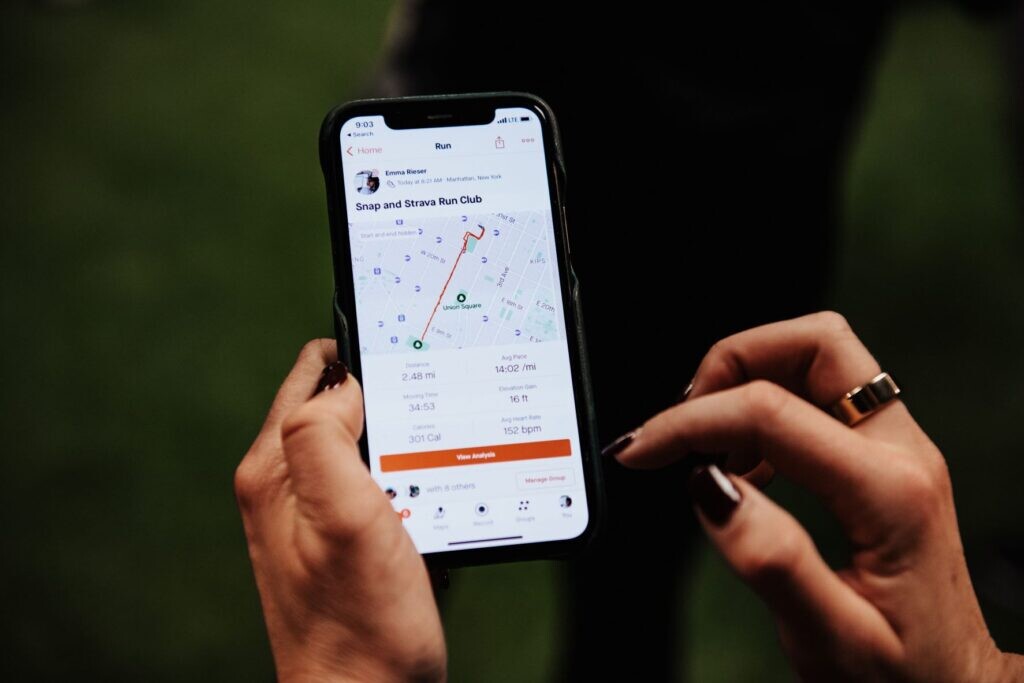Running News Daily
Running News Daily is edited by Bob Anderson. Send your news items to bob@mybestruns.com Advertising opportunities available. Train the Kenyan Way at KATA Kenya and Portugal owned and operated by Bob Anderson. Be sure to catch our movie A Long Run the movie KATA Running Camps and KATA Potato Farms - 31 now open in Kenya! https://kata.ke/
Index to Daily Posts · Sign Up For Updates · Run The World Feed
Here’s how a training log will make you a better runner
Whether you’re a new runner or have many marathons under your belt, tracking your progress in a training log or diary can boost motivation, help you troubleshoot your training, and is fun to look back on as time passes. Here’s the rundown on how and what you should be noting each run.
Running apps like Strava can be a great place to start tracking data, but writing down quick specific notes on each training session in a log is invaluable. You can add notes to a running app you’re already familiar with using, but also consider jotting down notes in a traditional running diary–it can be as cathartic as journalling and will provide you with a tool to reflect on for years to come.

Why you should consider a training diary
Endurance sports coach and author Matt Fitzgerald shared in Podiumrunner that making the effort to log our training “increases our mind-body awareness as well as mental and emotional investment in the sport in ways that may positively affect our performance.” It also has immense pratical value, helping you determine what’s working and what isn’t, and adding an accountability factory to your routine.

Your training diary can be a great confidence booster. “It is a rich record of how much hard work you’ve accomplished and how much progress you’ve made,” Fitzgerald says. “It is the nearest thing you have to proof that you can achieve your goals before you actually achieve them.”
Here’s what you should be logging
Training apps like Strava (or one you may use with your watch) will do some of the hard work for you, noting your data and mileage. Here’s what you should consider adding notes on.
Feelings This doesn’t have to take long or be complicated. Very simple notes about whether you felt fantastic or sluggish can help you figure out what is working and what isn’t in your training (and your life). If you’re under a lot of mental stress, note it: our bodies keep track of stress (mental and physical) rather than mileage, so a high-stress week can correlate to finding your regular workouts more challenging than usual.
Conditions Note what the weather was like and what terrain you were running on can put a training session in perspective when you look back on it–if you were running through deep snow or on a warm day, make sure you note that.
Sleep If you slept terribly the night before a workout, it can be useful to note: sleep impacts training, and a period of poor sleep can be an indicator of other health issues and useful to have recorded.
Niggling aches and pains Keep track of sore spots, even if they seem minor. This can be useful in preventing injuries and can also help you identify what workouts are pushing limits.
If your workout included intervals or varying intensities, you may want to add notes to clarify that–something as simple as “15 min warmup, 3 x 800m” will help jog your memory when you look back at the data.
Training over the long-term can have low points, and your log will be a source of motivation. It’s impossible to be consistently stoked about the daily grind and looking over your log will remind you of how much time you have already put in and how far you have come. “It’s a source of accountability to the standards you have set for yourself as a runner,” says Fitgerald.
by Running Magazine
Login to leave a comment




